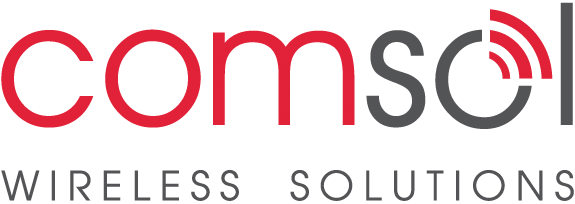When looking at the difference between WiMax and LTE, it might be beneficial to define 4G technology first. 4G is known as any mobile technology that can provide more than 100Mbps throughput over an all IP based infrastructure. It allows for increased coverage, higher speed and capacity. A 4G tower can offer coverage to an outsized area of about 800 km2 and a network installation does not necessarily require the operator to acquire physical rights of way, which allows for faster deployment.
If we examine WiMax and LTE, it shows that both are IP networks based on OFDM technology and designed to move data rather than voice. The difference appears to be in installation, business goals and deployment models. Where LTE (Long-Term Evolution) is regarded as the next generation for cellular mobile technology, WiMax has its roots in the wireless broadband access industry.
WiMax comprises a complete services portfolio across a broad spectrum of frequencies for full deployment whereas with LTE, there may be a concern about the ability to reuse 3G infrastructure for equivalent service sets. With regards to this, it is estimated that WiMax has a three year lead on LTE as it uses already standard based technology. This also has the advantage of being free from legacy burdens, as well as not having any of the proprietary interfaces or royalties payable to manufacturers. LTE has to work with existing networks, and as such, is mostly aimed at existing deployments. WiMax on the other hand, is aimed at primarily new fixed to mobile deployments.
Another difference is that WiMax is based on an IEEE standard (802.16), and LTE is a 3GPP development. This is significant as IEEE is viewed to be more supportive of open standards than LTE. This fact is clearly illustrated in the uptake of chipset manufacturers of the WiMAX standard and the prevalence of these chips in consumer electronics. In essence, this means that WiMax equipment will become less expensive and may in turn lead to a WiMax network being cheaper to build compared to a LTE network.
In future, however, it is probable that these two technologies will become indistinguishable from each other. As Robert Syputa, senior analyst for Maravedis, mentioned in an interview with IT Business Edge: “Now we are able to use multiple radio technologies on one piece of silicon. Just like in the cellular world today, we find different technologies in the same chip. In the future, the chips will be able to handle both WiMax and LTE. There will be some differences in IPR, and we will find multimode WiMax/LTE chips. If the user has an agreement to use both networks, he'll be able to use either WiMax or LTE.”
It would appear then that ultimately, the consumer will win as she or he would select a network based on the content richness of such a network.
Matie Strydom
Chief Technical Officer
Matie Strydom
Chief Technical Officer
